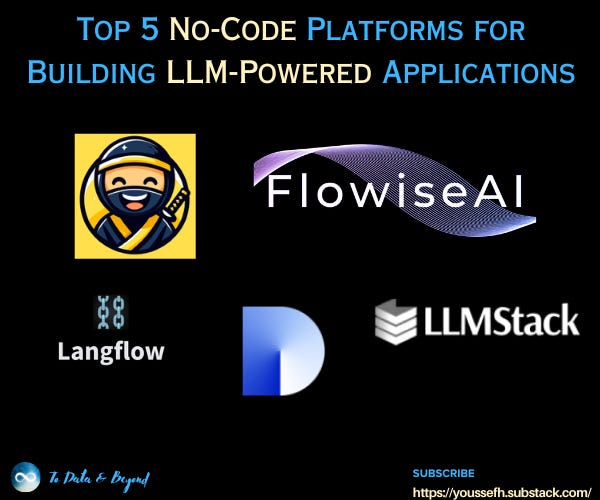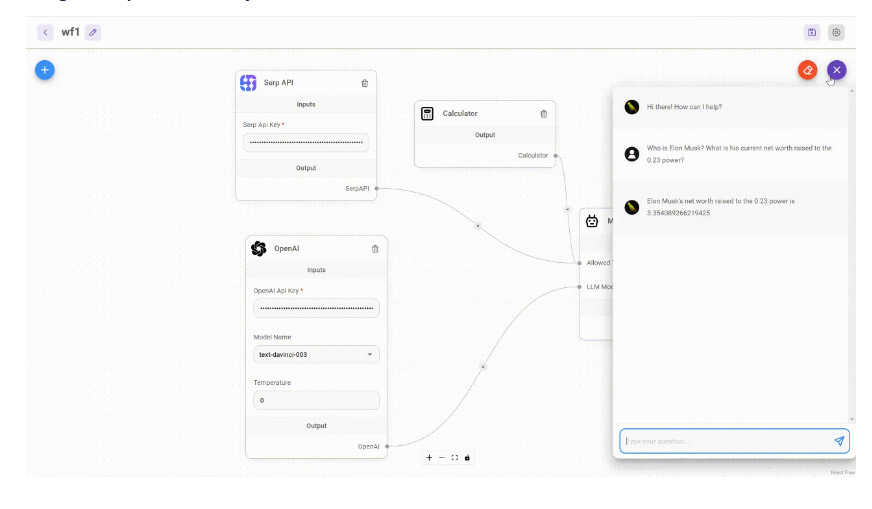Top 5 No-Code Platforms for Building LLM-Powered Applications
5 Tools to Build Powerful LLM Apps Without Writing Code
No-code platforms have transformed how developers and businesses build applications, especially in the realm of AI. With the rise of large language models (LLMs), no-code tools now empower users to create intelligent, conversational, and automated applications without writing a single line of code.
This article explores five standout no-code platforms — Flowise AI, LLMstack, Superagent, Langflow, and Dify — that make building LLM-powered applications intuitive and accessible.
From enabling drag-and-drop workflows to integrating advanced AI capabilities seamlessly, these tools cater to a variety of needs, whether you’re creating chatbots, automating workflows, or building data-driven applications.
This guide not only highlights the features of each platform but also compares their strengths and limitations to help you choose the right tool for your project.
Whether you’re a non-technical professional looking to leverage AI, a startup founder aiming to build an MVP, or a developer exploring faster prototyping options, this article provides valuable insights to kickstart your journey with LLM-powered applications.
Table of Contents:
My New E-Book: LLM Roadmap from Beginner to Advanced Level
I am pleased to announce that I have published my new ebook LLM Roadmap from Beginner to Advanced Level. This ebook will provide all the resources you need to start your journey towards mastering LLMs.
1. Flowise AI
Flowise AI is an open-source, low-code tool designed to help developers build and orchestrate customized large language model (LLM) applications. It simplifies the process of creating AI agents and LLM workflows by providing a drag-and-drop interface that supports rapid prototyping and iterative development.
This approach enables faster transitions from testing to production. Flowise also integrates with various AI models and tools, such as OpenAI, HuggingFace, and Cohere, and supports embedding services, memory systems, and output parsers
It is especially useful for developers who want to quickly build and scale LLM-based applications with minimal coding, making it easier to manage data, integrate multiple services, and fine-tune models.
Flowise also includes features like document loaders, retrievers, and tools for moderating output and handling text, providing a comprehensive framework for building complex AI applications. You can check out more details and its documentation on GitHub






